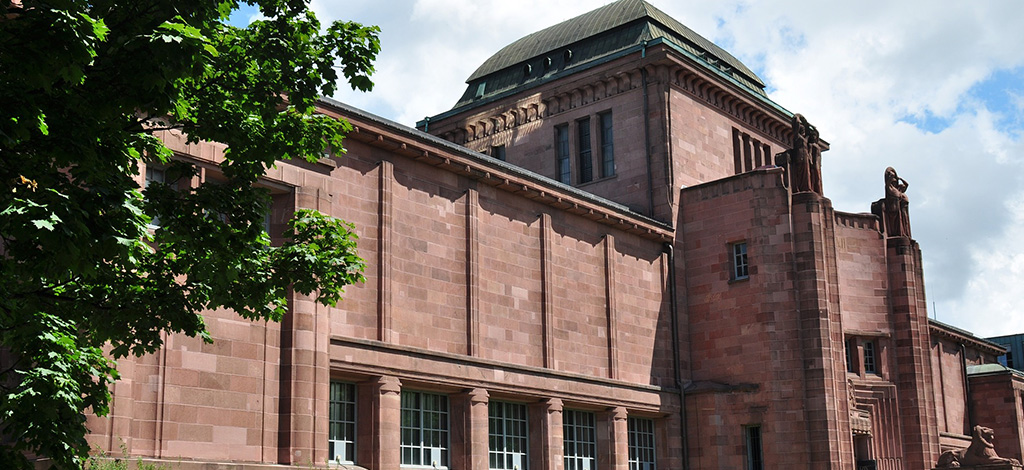George Grosz and Die Neue Sachlichkeit
In 1925, Gustav Friedrich Hartlaub, then director of the Mannheim Art Museum, coined the name of a new tendency in German art when he organized an exhibition entitled “Die Neue Sachlichkeit. Deutsche Malerei nach dem Expressionismus” (The New Objectivity: German Painting after Expressionism). Die Neue Sachlichkeit was an apt characterization of German painting after World War I, but the name (The New Objectivity? The New Sobriety?) doesn’t quite work in other languages. In the painting of the Weimar Republic, Hartlaub recognized a common zeitgeist and a common artistic approach, namely emphatic sobriety and unsparing realism. Among the key representatives of the “Neue Sachlichkeit” was the painter George Grosz. Less known is the fact that his development as a young artist was strongly influenced by a stay in Paris and southern France. Already as a young student in Paris, he acquired a distinctive ability to depict people with striking precision - just as he saw them. After the experiences of World War I, he began depicting his subjects on the canvas in an exaggerated way. George Grosz derived his motivic repertoire from the social contradictions that characterized early-20th-century Wilhelminian society. His critical caricatures target the growing chasm between a bourgeois-capitalist society of affluence and the segment of the population still suffering from hunger and deprivation. Grosz carried this remorseless perspective with him to France. In this documentary, a century after the emergence of the “Neue Sachlichkeit,” we seek to show how this artistic tendency exercised an influence across the Rhine, and how Grosz became a bridge-builder through his works, including drawings for French satirical newspapers. In anticipation of the jubilee exhibition at the Mannheimer Kunsthalle (2024), we search for the traces of George Grosz in France, acquainting viewers with new facets of his artistic personality.



